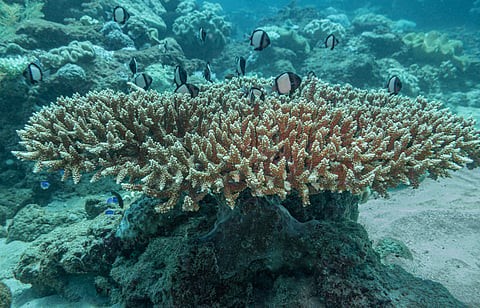





Disclaimer: Copyright infringement not intended.
|
Aspect |
Details |
|
Scientific Name |
Geronticus eremita |
|
Common Names |
Northern Bald Ibis, Hermit Ibis, Waldrapp |
|
Description |
Migratory Old World ibis bird, 70–80 cm long, glossy black with an unfeathered red face and a long, curved red bill. |
|
Habitat |
Open areas such as grasslands, Rocky Mountains, semi-deserts, often near running water. |
|
Historical Range |
Middle East, northern Africa, southern and central Europe. Fossil record dates back 1.8 million years. |
|
Current Population |
~700 wild birds in southern Morocco (2019); fewer than 10 in Syria; ~2000 in captivity. |
|
Conservation Programs |
Reintroduction efforts in Turkey, Austria, Italy, Spain, and northern Morocco; reduced from Critically Endangered to Endangered on IUCN Red List in 2018. |
|
Plumage |
Black with bronze-green and violet iridescence; dull red and unfeathered face and head; long, curved red bill. |
|
Sexual Dimorphism |
Males generally larger and have longer bills than females; longer bills help in attracting mates. |
|
Historical Decline |
Declined due to hunting, loss of habitat, pesticide poisoning, and dam construction. |
|
Current Threats |
Continued pesticide poisoning, disturbance, and habitat loss; listed on Appendix 1 of CITES (prohibits commercial trade). |
|
PRACTICE QUESTION Q. Consider the following statements regarding the Northern Bald Ibis: 1. It is currently listed as Critically Endangered. 2. Males have longer bills than females. 3. It is listed on Appendix 1 of CITES. Which of the above statement(s) is/are correct? A) 1 and 2 only B) 2 only C) 2 and 3 only D) 1, 2 and 3 Answer: C) 2 and 3 only Explanation Statement 1 is incorrect: It has been reduced from Critically Endangered to Endangered on IUCN Red List in 2018. Statement 2 is correct: Males generally larger and have longer bills than females Statement 3 is correct: It is listed on Appendix 1 of CITES (prohibits commercial trade). |
SOURCE: INDIAN EXPRESS







© 2025 iasgyan. All right reserved